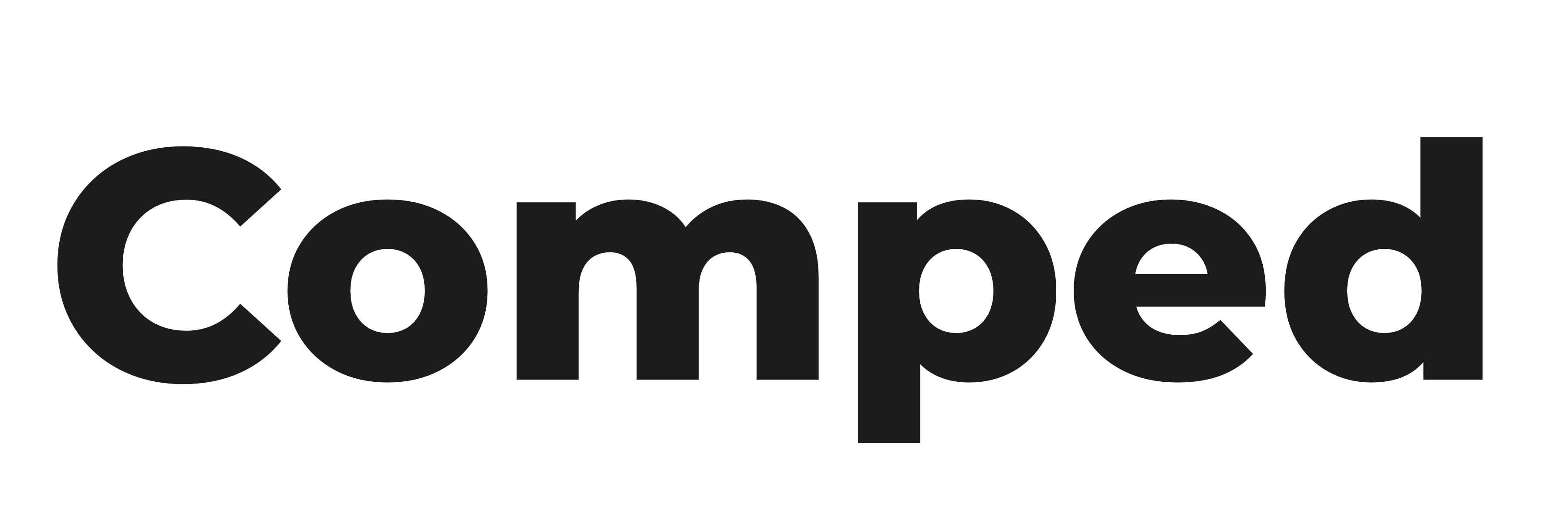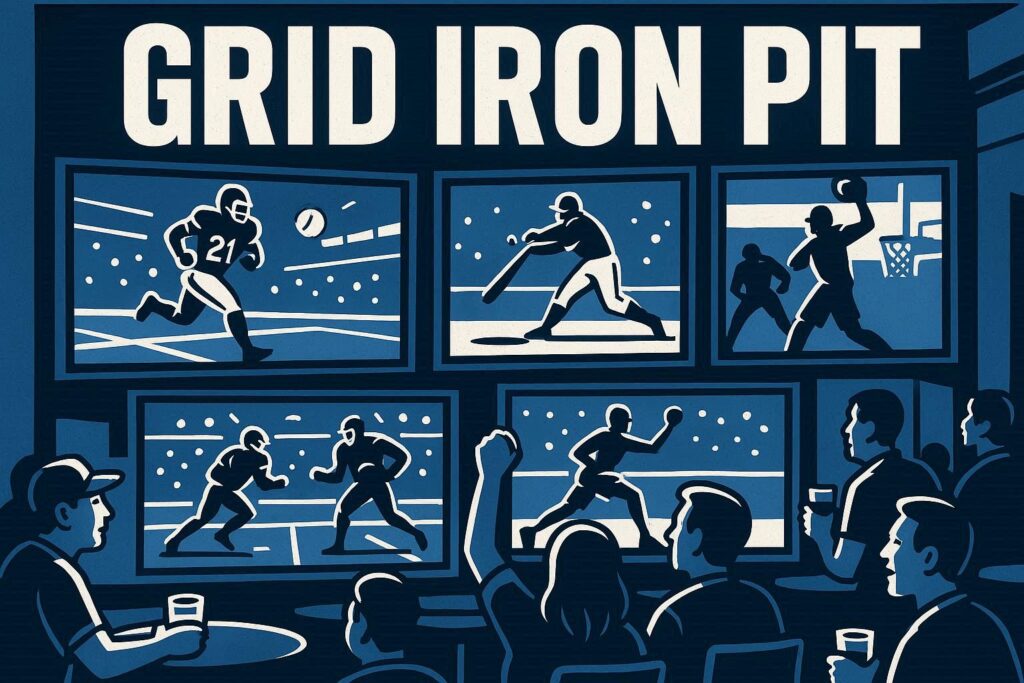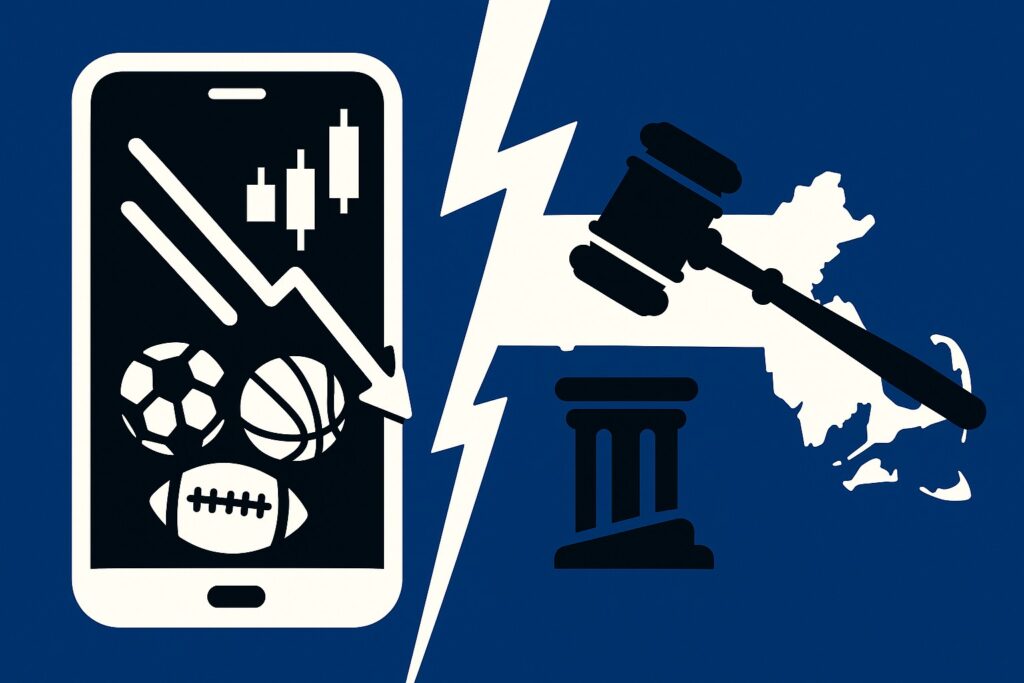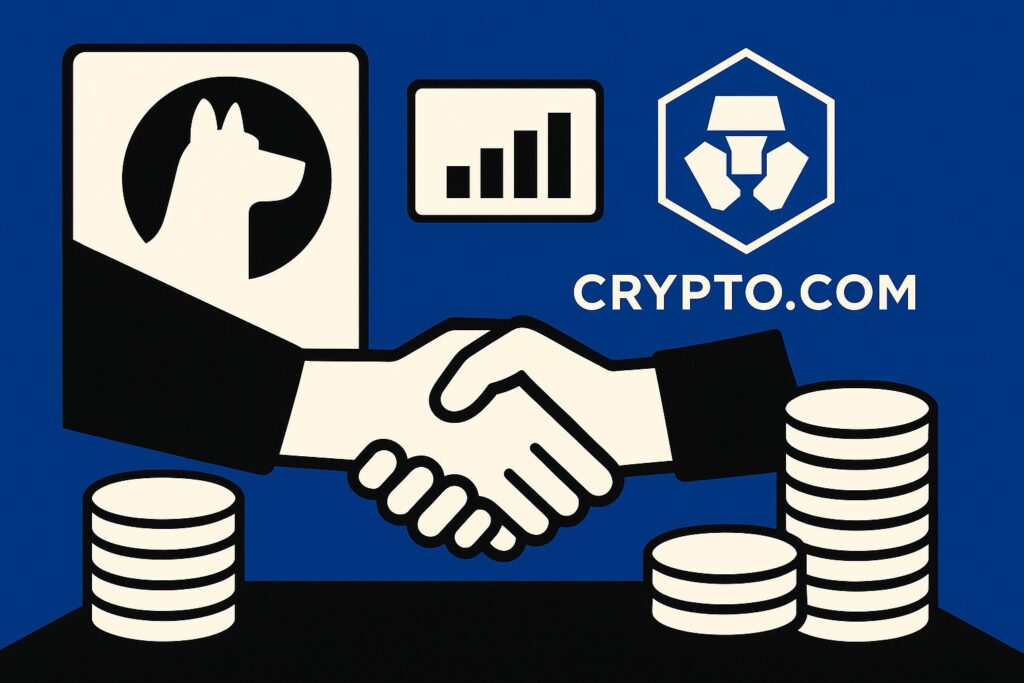They say most sports bettors aren’t price sensitive. If they were price sensitive, they’d be flocking to prediction markets like Kalshi and Robinhood — at least for their moneyline and futures bets.
With the NBA and NHL conference finals in full swing, the prices offered on these financial trading apps are better than the ones on major US sportsbooks in the vast majority of markets.
Let’s look at some examples:
Breaking down the differences
As we typed this on Thursday morning, the day after the Pacers’ dramatic overtime win in New York in Game 1 of the Eastern Conference Finals, Indiana was offered at 60% on Kalshi to win the series, which translates to -150 odds. A winning $100 trade (bet) on the Pacers would net $67.
Among FanDuel, DraftKings, and BetMGM, the best price on Indiana was DraftKings’ -165. That translated to a 62.3% implied probability and results in just a $60 win if the Pacers close the deal.
For Game 2 of the NHL Eastern Conference Finals, we saw Hurricanes 55% (-122) and Panthers 46% (+117) on Kalshi. On the major national sportsbook apps, -125 on the favorite and +110 on the underdog were the best odds to be found.
In either case, Kalshi had the better price.
The same held largely true for championship prices early Tuesday evening, just before conference final action commenced in both leagues. Bettors were better off playing any of the four NHL teams on Kalshi, rather than on FanDuel or DraftKings.
Kalshi also had better futures prices on the four NBA teams in virtually every comparison with sportsbooks.
There are, of course, exceptions. DraftKings, for example, on Tuesday offered -145 on the Oklahoma City Thunder to win the NBA title, a better price than Kalshi’s -163.
On Thursday, while neither FanDuel nor DrafKings could beat Kalshi’s 41% (+144) series price, bettors could find New York for a penny better at BetMGM (+145).
Note: Through its partnership with Kalshi, Robinhood jumped back into single-game moneylines during the NBA and NHL playoffs (h/t Event Horizon). Super Bowl markets were pulled from Robinhood a day after being posted.
How many bettors behave
Sharp bettors, and even more sophisticated (and patient) public bettors have accounts at multiple sportsbooks — and by now, with Kalshi, Polymarket, ProphetX, etc. This allows them to shop for the best prices for their bets.
Most bettors don’t behave like this. They find an app they like and they stick with it, even when implored to look around for a better price for their futures bet or five-leg parlay.
Since the legalization of sports betting in the U.S., there’s been an effort by player advocates to educate public bettors on the importance of line shopping, price sensitivity, and using multiple accounts. The message has yet to sink in with most bettors.
Why prices are better on prediction markets
Rather than the vig sportsbooks attach to bets, prediction markets and exchanges charge relatively small transaction fees. Sportsbooks make their money by collecting the juice on losing bets — the more customers lose, the more the books win. Conversely, books take a risk on every bet. If their customers win, the house loses.
The Kalshis of the world, however, accept no risk and don’t care if you win or lose. Trades are made either peer-to-peer or through a market marker.
In peer-to-peer, it’s basically like betting against a buddy. They have one side, you have the other.
Susquehanna, a global trading firm with $7.2 billion in revenue in 2024, provides liquidity by acting as market maker at Kalshi. It makes money through arbitrage — selling contracts at a slightly higher price than it buys them for.
In a pick ‘em game at sportsbook, each team is priced at -110, translating to a theoretical hold (the book’s edge) of 4.76%. In the same game on an exchange, one team would likely be -101, the other at +100. That’s a theoretical hold of just 0.25%.
The lower the theoretical hold, the better for the player, and if and when bettors figure this out, more and more will migrate to prediction markets for their action.





